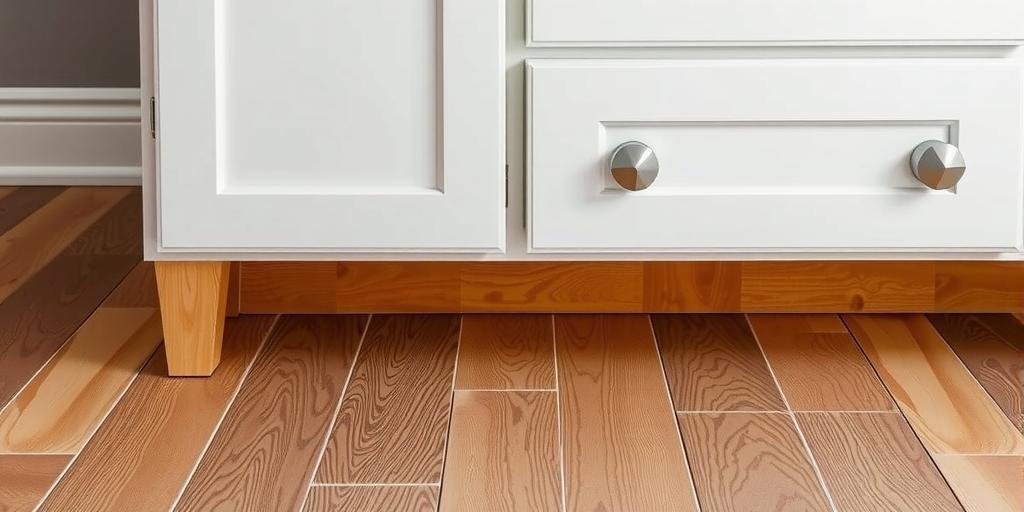Introduction
Installing cabinets on an uneven floor can be challenging, but with the right techniques, you can achieve a level and professional finish. Uneven floors are common in older homes or buildings with settling foundations. This guide will walk you through the process of leveling cabinets to ensure stability, functionality, and aesthetic appeal.
Tools and Materials You’ll Need
Before starting, gather the following tools and materials:
- Level (4-foot or longer for accuracy)
- Shims (wood or composite)
- Power drill and screws
- Tape measure
- Pencil for marking
- Circular saw (if cutting shims or cabinets is necessary)
- Clamps to hold cabinets in place
Step-by-Step Guide to Leveling Cabinets
Step 1: Measure and Assess the Floor
Use a long level to check the floor’s slope. Place the level on the floor where the cabinets will sit and note the high and low spots. Mark these areas with a pencil.
Step 2: Install a Temporary Ledger Board
Secure a temporary ledger board to the wall to support the cabinets while you level them. This ensures the cabinets stay aligned during installation.
Step 3: Position the Base Cabinets
Place the base cabinets in position, starting from the highest point of the floor. Use clamps to hold adjacent cabinets together.
Step 4: Shim the Cabinets
Insert shims under the low spots of the cabinet bases until the cabinets are level. Check with your level frequently.
Step 5: Secure the Cabinets
Once level, secure the cabinets to the wall studs using screws. Trim excess shim material with a utility knife for a clean look.
Step 6: Recheck and Adjust
After securing, recheck the levelness and make minor adjustments if necessary.
Alternative Solutions for Severe Unevenness
For severely uneven floors, consider these additional steps:
- Self-leveling compound: Pour a layer to even out the floor before installation.
- Adjustable cabinet legs: Some cabinets come with built-in leveling mechanisms.
- Custom base frames: Build a level frame to mount the cabinets on.
Common Mistakes to Avoid
- Skipping the ledger board: This can lead to misaligned cabinets.
- Over-tightening screws: Can warp the cabinet frames.
- Ignoring the level check: Always verify at multiple points.
FAQ Section
Can I install cabinets without shims?
Shims are essential for leveling on uneven floors. Without them, cabinets may wobble or doors may not close properly.
What type of shims should I use?
Composite or wooden shims work best. Avoid plastic shims for heavy cabinets as they may compress over time.
How do I hide the shims after installation?
Trim excess shim material with a utility knife and cover with baseboard molding or a toe kick.
Can I level the floor instead of the cabinets?
Yes, using a self-leveling compound is an option, but it’s more time-consuming and may require professional help.
What if my cabinets are still uneven after shimming?
Double-check your shim placement and ensure the cabinets are securely fastened to the wall studs. Adjust as needed.

